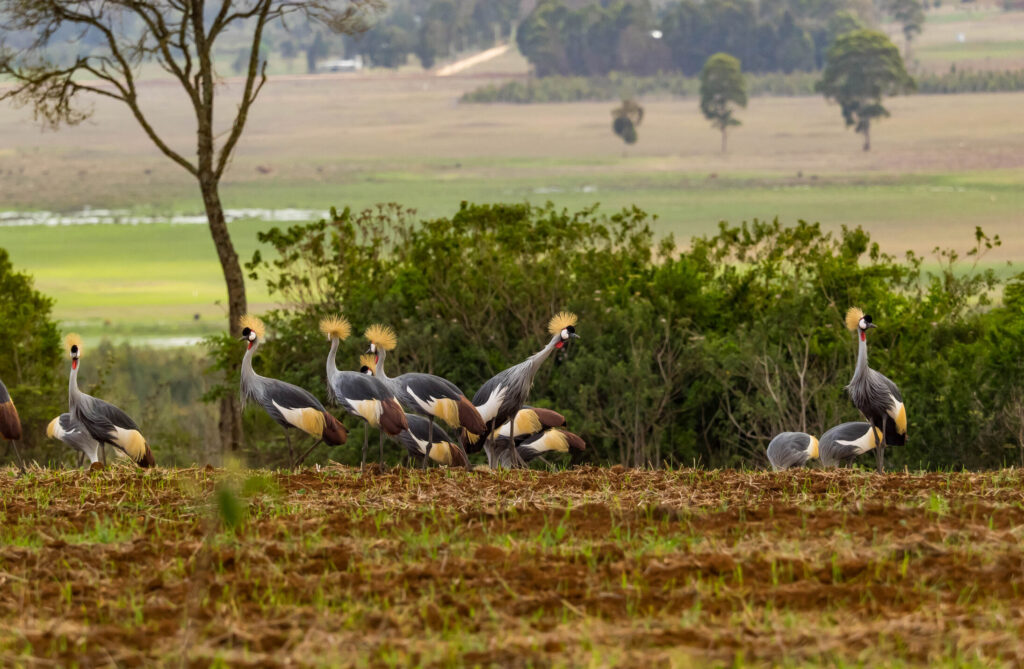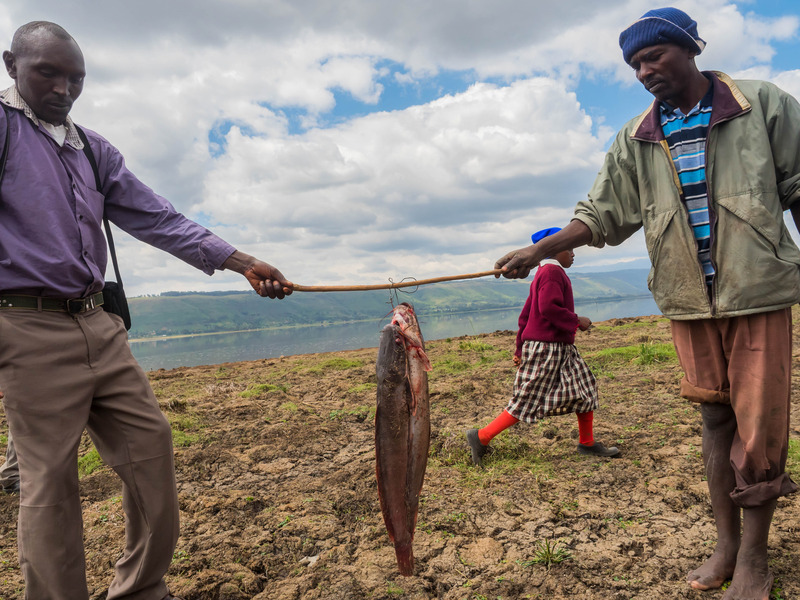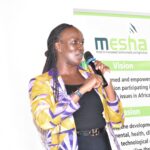By Odhiambo David | odhisdavid59@gmail.comh
Environmental threats that are feared to be on the verge of consigning Kenya’s Lake Ol Bolossat into oblivion, may soon be a thing of the past following renewed efforts by a consortium of nature lovers to save the wetland.
Led by the East African Wildlife Society, the initiative aims at unlocking biodiversity data to facilitate designation of Lake Ol Bolossat as the 7th Ramsar site in Kenya.
The institutions that have formed the consortium include Wangari Maathai Institute of Peace and Environmental Studies, (WMI) University of Nairobi; Wildlife Research and Training Institute, Kenya (WRTI); National Museums of Kenya (NMK) and Kenya Wildlife Service (KWS).

Through targeted communication channels, community engagement initiatives, and strategic partnerships, the team seeks to galvanize support, inspire action, and drive positive change for the sustainable management of Lake Ol Bolossat and its surrounding watershed.
By working closely with the lake’s Integrated Management Plan (2020-2030), they are putting in place a series of activities aimed to promote biodiversity conservation, sustainable land use, and climate change mitigation.
The lake’s Management Plan Implementation Committee, the first one of a kind, has been constituted to coordinate stakeholders working in the watershed to ensure synergies and effective allocation and utilization of resources.
Among other things, the Plan seeks the strengthening of water resource user associations, streamlining the issues of water abstraction, storage and delivery and enforcing regulations that prevent encroachment into riparian zones so as to reduce degradation of the water resources.
Besides, other interventions it contains include identifying and supporting the restoration of degraded areas in the catchment, encouraging farm forestry in the basin preferably indigenous species and educating farmers on organic farming and the safe use of agrochemicals.
Already, a campaign calling for the designation of the lake as Kenya’s 7th Ramsar Site, recognising it as a wetland of international importance due to the lake’s rich diversity of waterbirds. As temporary refuge of Africa-Eurasian migratory birds, the lake’s importance for bird conservation goes beyond borders making it a significant international asset.

Ramsar sites are wetlands of international importance recognised for their ecological significance and the services they provide to both humans and wildlife.
According to Professor John Githaiga from Biology Department, University of Nairobi and who has been associated with the efforts to restore the lake, it is home to nearly 100 species of water birds which justifies ecological importance and the need for its conservation.
It is a vital breeding ground for the Red-knobbed Coot and the African Jacana and hosts globally threatened species like the Grey Crowned Crane and Sharpe’s Longclaw.
“It is key to note that Lake Ol Bolossat has been designated as Kenya’s 61st Important Bird Area due to its rich avian diversity and presence of globally threatened bird species,” said East Africa Wildlife Society’s Programmes and Advocacy Manager, Jabes Okumu.
“We are involved in these coordinated efforts to address the environmental and socio-economic challenges facing this unique ecosystem to ensure it continues to benefit biodiversity and local communities for generations to come,” added Okumu.
Experts add that its importance extends to its support of various mammals, including hippos, marsh mongoose, and native fish species, alongside a rich variety of aquatic invertebrates.
Surrounding communities depend on the lake for agriculture, with its fertile basin supporting crops like maize, vegetables, and beans. This water body is also an essential water source for Nyahururu town as it provides for both irrigation and domestic purposes, and during dry seasons. Its basin serves as a crucial grazing area for livestock.

The call for effective management for Kenya’s highest altitude lake and the only natural lake in the central highlands has been caused by severe environmental threats due to over-exploitation that it faces, habitat degradation, and deteriorating water quality and quantity.
These issues, says Prof Githaiga, pose a significant risk to the lake’s ecological and socio-economic functions.
Over-dependence on natural resources, encroachment, excessive water extraction, unplanned land use changes, and population pressures are leading to habitat degradation and biodiversity loss. Governance issues and climate variability, including frequent flooding and droughts, further exacerbate these problems.
In response, the Lake Ol’ Bolossat Integrated Management Plan (2020-2030) is being implemented, aiming to promote biodiversity conservation, sustainable land use, and climate change mitigation.
Key strategies include drought mitigation measures, reforestation, and promoting eco-tourism as a sustainable livelihood alternative for local communities.
Highlighting the lake’s critical state, at a science café by the Media for Environment, Science, Health, and Agriculture (MESHA) last week, Caroline Muriuki, Principal Wetlands Officer at the National Environment Management Authority (NEMA), highlighted the exploitation of resources as one of the biggest threats.

“As we do restoration, we have to be careful not to interfere with certain elements of the ecosystem. The goal is to restore it to its initial state,” she added.
The media event focused on enhancing journalists’ understanding and coverage of key efforts being undertaken to save the lake.
Okumu added that the partners are working hard to save the lake after realisation that governance is crucial in ensuring that the lake is preserved and managed sustainably for future generations.
Additional reporting by Henry Mangome I sciencejournalist2021@gmail.com









